Okay, so you’ve heard whispers about the Blue Salt Trick—maybe on TikTok, a dinner party, or in some witchy corner of Pinterest—and you’re thinking: “Is this legit, or just another trendy Internet thing?” Great news: it’s both intriguing and actually kind of magical. 🧂💙
This blog post is going to spill the blue salt on exactly what this trick is, how to make it, and why people are absolutely obsessed with it. Whether you’re in it for aesthetic cooking, spiritual cleansing, or just want to add a splash of color to your next cocktail night, you’re in the right place.
No fancy chef school required. We’re keeping things light, simple, and dare we say… salty?
What Is the Blue Salt Trick?
Let’s not overcomplicate it: the blue salt trick involves infusing salt with a vibrant blue color, turning this everyday seasoning into something kind of magical. It’s used in:
- Cocktail rims 🍸
- Mood-setting table décor 🕯
- Even cleansing rituals (hello, good vibes only) ✨
But beyond its Instagram-worthy looks, blue salt’s got a backstory—and, spoiler alert, it’s not just food dye and flair.
Origins & Fun History
While there’s no single origin story for the blue salt trick, it’s believed to have emerged from a mix of culinary art and metaphysical tradition.
In spiritual circles (especially among energy healers and wellness TikTokers), blue salt is seen as protective. Think of it as the sassier cousin of regular salt, which has long been used in spiritual cleanses. Add some blue coloring—symbolizing peace, protection, and clarity—and boom, you’ve got yourself a little potion in a pinch.
In food and mixology? It’s all about aesthetics. Imagine a deep blue rim on your margarita glass, a pinch of sapphire-colored salt on top of a chocolate truffle, or a tiny vial used as a gift at your next girls’ night. Classy. Artsy. Slightly mysterious. We’re here for it.
Why It Works (Science in Plain English)
Let’s break this down without making it sound like a chemistry lecture. Salt is porous—it absorbs moisture and color fairly easily. So when you introduce a coloring agent (food dye or a natural alternative like butterfly pea powder), it clings on like a needy ex, giving you that gorgeous hue.
What’s cool is you can tailor the shade by adjusting the dye or mixing with other herbs like lavender or chamomile. Plus, because salt is already a kitchen staple, this trick costs next to nothing—and yet, the results are bougie as heck.
The Blue Salt Trick showcases the creative potential of colored salt in culinary and wellness applications, but it’s just one example of how different salts can enhance our daily routines. While blue salt focuses on aesthetics and presentation, Himalayan pink salt offers powerful wellness benefits through its mineral content and therapeutic applications. From simple morning rituals to enhanced detox recipes, pink salt techniques provide foundational health support that complements any creative salt use. Discover the complete range of pink salt applications in our comprehensive pink salt trick guide with recipes and benefits.
Recipe for the Blue Salt Trick
A vibrant, mineral-rich finishing salt with a bold blue hue—perfect for cocktails, food garnishing, spiritual rituals, or just showing off. Make it using food-safe dyes or natural powders like butterfly pea flower for a magical effect.
- Prep Time: 5 minutes
- Drying Time: 1–2 hours
- Cook Time: 0 minutes
- Total Time: ~2 hours
- Yield: ~½ cup colored salt
- Category: Seasoning / Garnish
- Method: No-cook / Dry mix
- Cuisine: Global / DIY
- Diet: Vegan
Ingredients
- 🧂 Coarse Sea Salt or Kosher Salt
- ➤ Base of the recipe — provides texture and absorbs color beautifully
- 💧 Food-Grade Blue Coloring (or Natural Alternatives)
- ➤ Use gel or liquid food coloring for vibrant shades
- ➤ Natural option: butterfly pea powder, red cabbage extract, or spirulina
- 🍸 Clear Alcohol (Vodka) or Water
- ➤ Helps disperse the dye evenly without making the salt too wet
- ➤ Vodka evaporates faster — best for quicker drying
- ✨ Optional Add-ins for Extra Flair
- ➤ Edible glitter (for sparkle)
- ➤ Dried herbs (lavender, rosemary)
- ➤ Citrus zest (adds aroma and flavor)
Instructions
- Prep your station – Line a tray with parchment paper, grab gloves if you’re worried about dye.
- Mix color – In a small bowl, combine the food coloring (or natural powder) with the vodka or water.
- Add salt – Pour in the salt and stir until the color is evenly distributed. Use a spoon or shake in a sealed bag.
- Dry it out – Spread the colored salt on your tray. Let it air dry for 1–2 hours. Stir occasionally.
- Break it up – Once dry, crush any clumps and store in an airtight jar.
- Enjoy! – Use on cocktail rims, desserts, charcuterie, or anywhere a little sparkle is needed.
Notes
- Want a gradient? Divide your salt into sections and tint each one a different shade of blue.
- For spiritual purposes, add crushed lavender or rosemary to the mix.
- If using natural dyes like butterfly pea powder, expect softer tones and longer dry time.
Nutrition
- Calories: 0
- Sugar: 0
- Sodium: ~580mg
- Fat: 0g
- Saturated Fat: 0g
- Unsaturated Fat: 0g
- Trans Fat: 0g
- Carbohydrates: 0g
- Fiber: 0g
- Protein: 0g
- Cholesterol: 0g
Mixing the Magic: The Blue Salt Method
Let’s visualize this whole thing like a cute, clickable Pinterest graphic. (But text-based for now.)
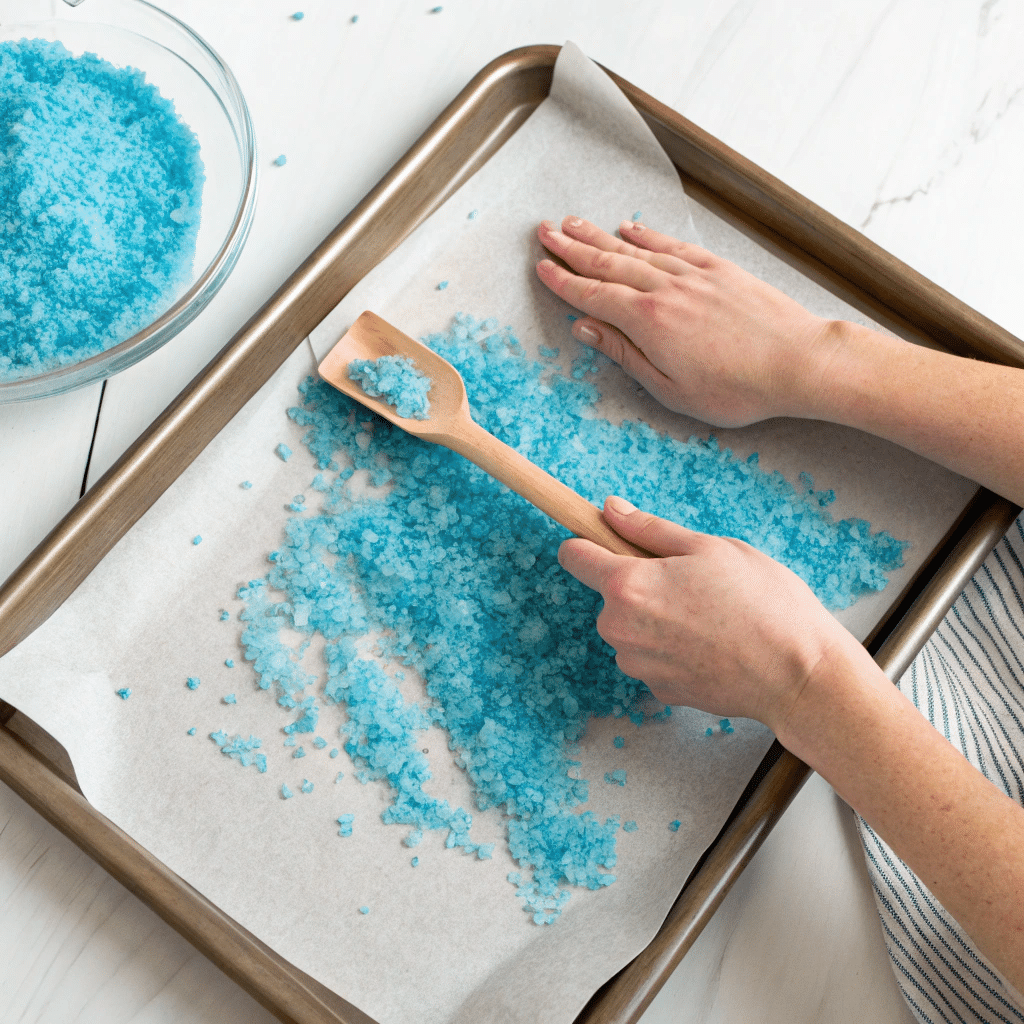
| Step | What to Do | Details/Tips |
|---|---|---|
| 1 | Choose your salt | Go with sea salt or kosher salt for texture & wow factor. |
| 2 | Pick your dye | Liquid/gel food coloring for bold hues. Natural powders for soft shades. |
| 3 | Add color | Start with a few drops of dye in a bowl. Mix with a splash of water/alcohol (vodka works best) if needed. |
| 4 | Combine | Pour in the salt and mix thoroughly with a spoon (or shake in a bag). |
| 5 | Spread it out | Lay the colored salt flat on a tray to dry for 1–2 hours. If using natural dye, give it more time. |
| 6 | Break up clumps | Once dry, stir or rub through your fingers to loosen it up. Store in an airtight jar. |
Testing & Adjusting Color
Here’s the fun part—customizing your blue shade like a mood ring:
| Want this hue? | Do this: |
|---|---|
| Pastel/Soft Blue | Add less dye + more salt. Let dry longer. |
| Vibrant Ocean Blue | Use gel coloring + sea salt. Stir well. |
| Indigo/Mystic Blue | Mix blue + a tiny dab of red dye. |
| Cool Gradient | Split your salt into batches, tint each one differently, then layer in jars for ✨drama✨. |
Troubleshooting Tips
Let’s keep it real: things don’t always go perfectly. Here’s how to fix common issues:
- Salt too wet? Spread it thinner. It needs air to dry.
- Color not vibrant? Add another drop or two of dye, remix, and try again.
- Clumpy salt? Use a food processor for a few pulses (just don’t overdo it).
“Don’t panic if it looks weird at first. Salt is forgiving. It’s like glitter—you can always add more sparkle.” — Definitely not a scientist, but still wise
Ready to Use? Here’s the Vibe Test:
Once dry, your blue salt should:
- Feel dry to the touch (not sticky)
- Hold its color when rubbed lightly between fingers
- Look like something that belongs on a mermaid’s charcuterie board
Creative Uses for Blue Salt
So you’ve got this beautiful, glowy, Instagram-worthy blue salt—now what?
Let’s be real: you didn’t go through all that trouble to just look at it (though we totally support salt selfies). This is where the magic really kicks in. 💫
Garnishing Cocktails & Mocktails
There’s something about a vividly blue salt rim that just screams summer, pool parties, and bougie brunches.
| Drink Ideas | How to Use the Blue Salt |
|---|---|
| Margarita | Moisten the rim with lime juice, dip in blue salt. Stunning. |
| Paloma | Blue rim + grapefruit = chef’s kiss. |
| Lemonade Sparkler | For a kid-friendly or mocktail twist, use a honey rim before dipping. |
| Blue Lagoon | A match made in color-coordinated heaven. |
Pro tip: You can mix in edible glitter or crushed dried flowers with the salt for even more ✨ flair.
Culinary Twists: Salty Treats With Style
Don’t just rim drinks—get bold with your blue salt in food too!
- Chocolate truffles – Roll them lightly in blue salt for a sweet-salty bite
- Salted caramel cookies – Sprinkle a pinch on top before baking
- Avocado toast – Next-level foodie vibes, especially with edible flowers 🌼
- Popcorn – Mix into warm melted butter for movie night magic
Want to be extra? Create a rainbow salt board with multiple colors. Call it a “Mood Seasoning Sampler.” (It’s a vibe.)
Travel-Style Presentation Tips
Remember when mini glass jars and test tubes were just for science class? Now they’re the ultimate aesthetic storage goals.
- Store your blue salt in tiny corked bottles for gifting
- Layer it with other colored salts in mason jars for a “salt terrarium”
- Use it as decor at events (centerpieces, wedding favors, baby showers)
Toss in a handwritten tag that says something whimsical like:
“Sprinkle a little magic wherever you go.”
Boom. You’re now officially the Crafty Friend™.
Expert Tip Corner
We couldn’t talk about making pretty salt without checking in with the pros. Here’s what the culinary experts say:
“Colored salts, like blue salt, are a simple way to elevate both the flavor and visual impact of a dish. It turns basic into unforgettable.”
— Chef Dana Herbert, Food Network Winner & Culinary Artist
Source
“Natural food dyes like butterfly pea flower are safe and trendy. Expect to see more of this in cocktails and gourmet salts.”
— Maya Feller, MS, RD, CDN, Nutrition Expert
Source
Their advice? Get creative, but always stick with edible-grade ingredients if you’re planning to consume it.
For more delicious recipes and cooking inspiration, follow me on Facebook, Pinterest and Reddit!
FAQs: Blue Salt, Answered
Can I use Himalayan pink salt instead of sea salt?
Absolutely! In fact, mixing blue dye with pink salt can give you some gorgeous lavender tones. Go wild with it—it’s your salt, after all.
Is blue salt edible?
Yes—as long as you’re using food-safe coloring or natural dye powders. Stay away from craft glitters, paint-grade dyes, or anything that says “non-edible.” If it’s not made for food, don’t sprinkle it on your tacos.
How long does colored salt last?
Forever-ish. Salt is a natural preservative, so as long as you store it in a dry, airtight container, you’re golden (or, um, blue). No need to refrigerate. Just keep moisture out.
What’s the difference between blue salt and spiritual blue salt?
Great question. The term blue salt can also refer to spiritual protection blends—where blue dye is added to salt to absorb negative energy. This version may include herbs like rosemary, lavender, or even black salt for extra mojo. Just be mindful of the purpose: food-grade vs ritual-grade.
Can I flavor my blue salt too?
Yes! Infuse it with:
Citrus zest (lemon or orange)
Vanilla powder
Dried lavender or rose petals
Think of it as flavored salt with fashion sense. Bonus: they make amazing homemade gifts in tiny jars.
Does it stain?
If you’re heavy-handed with liquid dye and get it on your counters, yes—temporarily. Just clean up spills ASAP and maybe wear gloves during mixing. Otherwise, it plays pretty nice!
💡 Extra Tips You’ll Be Glad You Knew
| 🔥 Tip | 💬 Why It’s Useful |
|---|---|
| Use gel coloring over liquid | It gives richer color without excess moisture. |
| Add vodka not water | Alcohol dries faster and distributes color better. |
| Store in small jars | Easier to grab and super cute on a shelf. |
| Make it a DIY gift | Include recipe tags, mood-boosting notes, or pair with a margarita kit. |
Conclusion
And there you have it—the blue salt trick, fully demystified, deconstructed, and ready to dazzle. Whether you’re mixing it up for cocktail night, adding a whimsical touch to your baking, or vibing with its spiritual energy, blue salt proves that even the tiniest things in your kitchen can pack major sparkle.
It’s low-cost, super customizable, and honestly just plain fun. Plus, it makes your friends go, “Wait… you made that?!” (Cue the proud glow.)
So grab your salt, pick your dye, channel your inner salt sorceress, and start sprinkling a little blue magic into your world. 🌈🧂✨
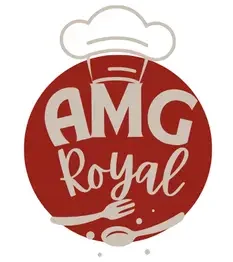
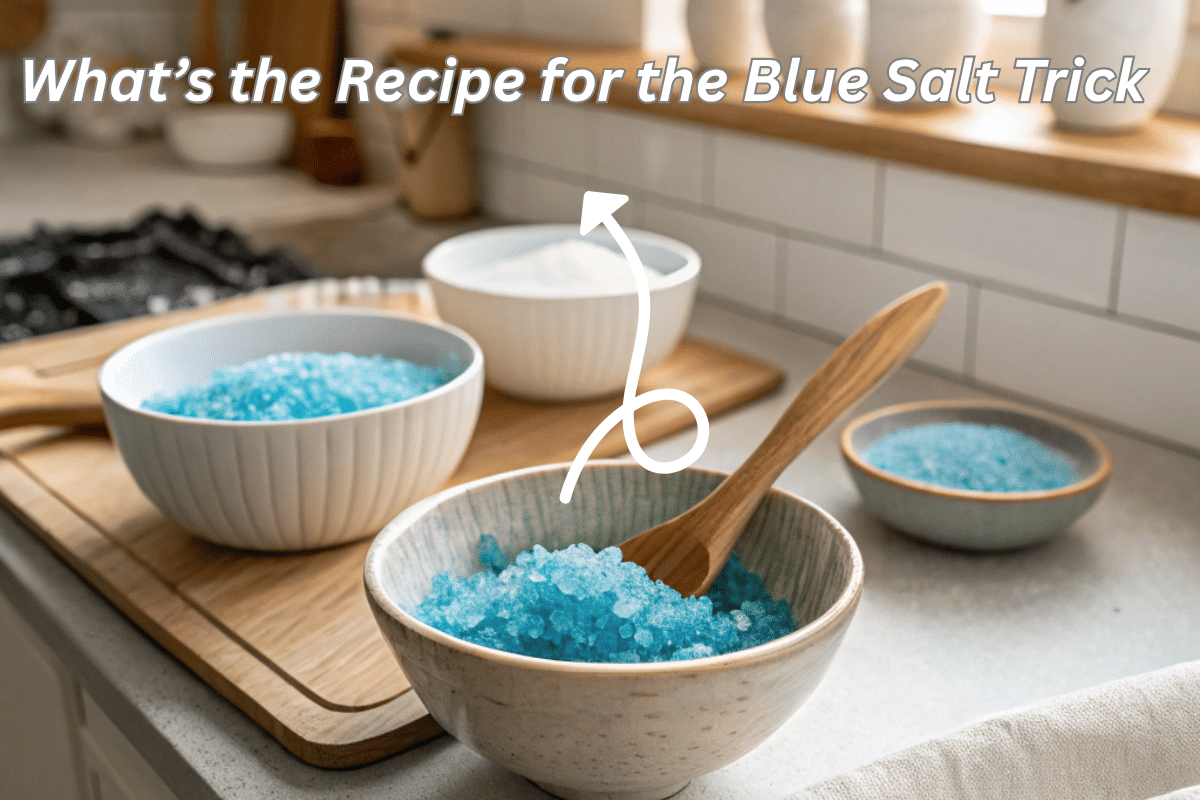
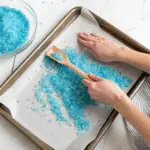
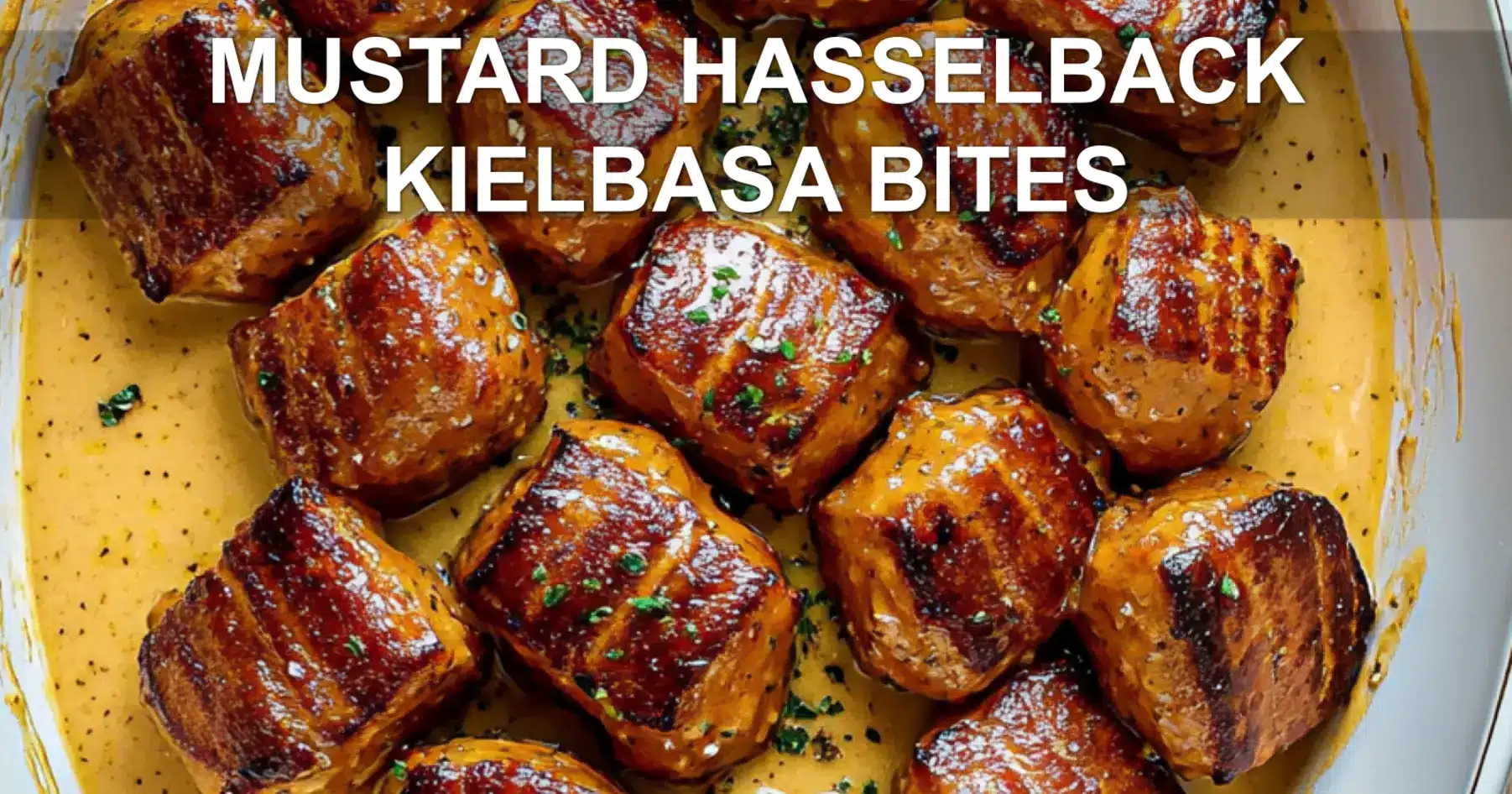
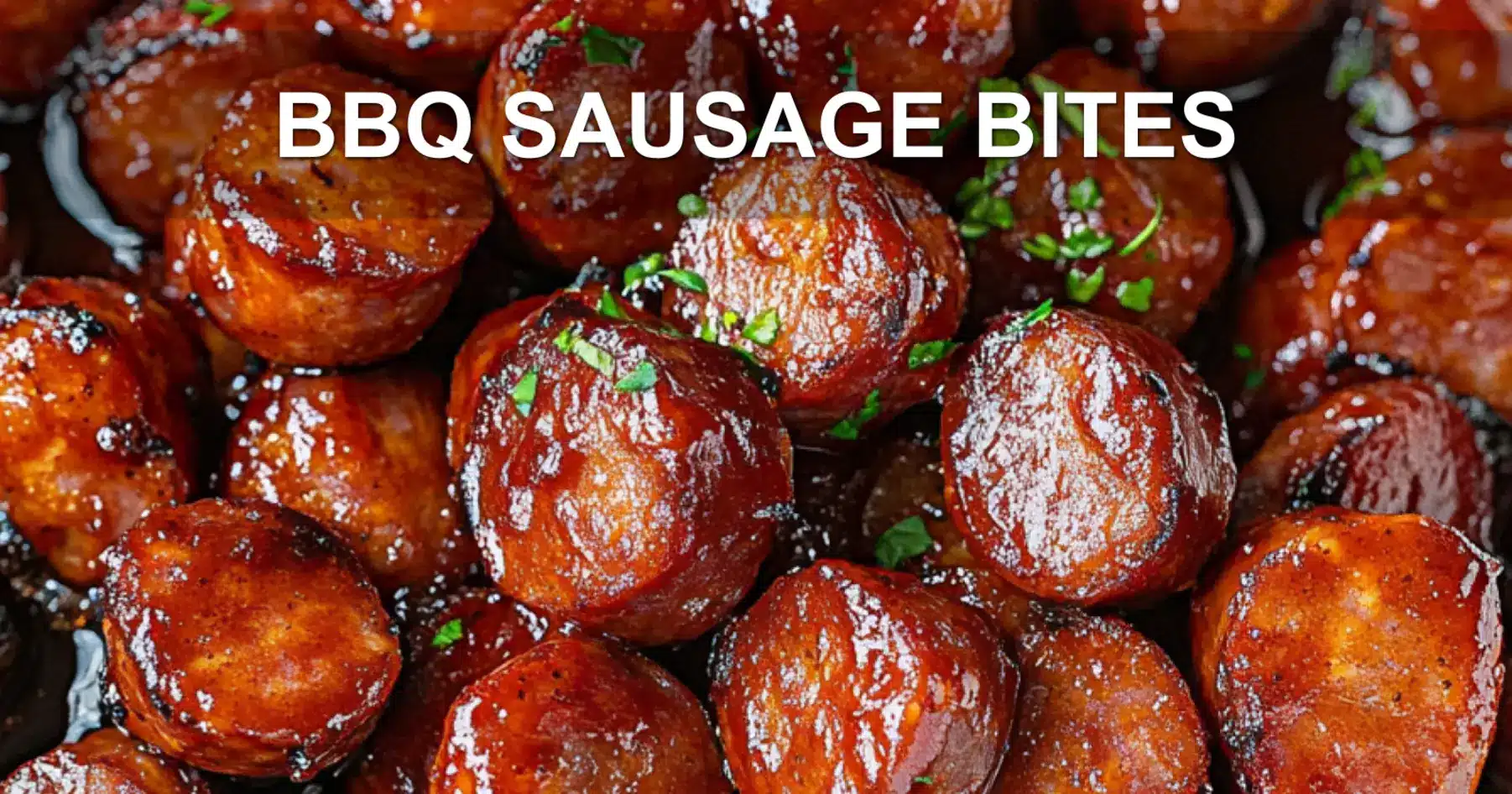
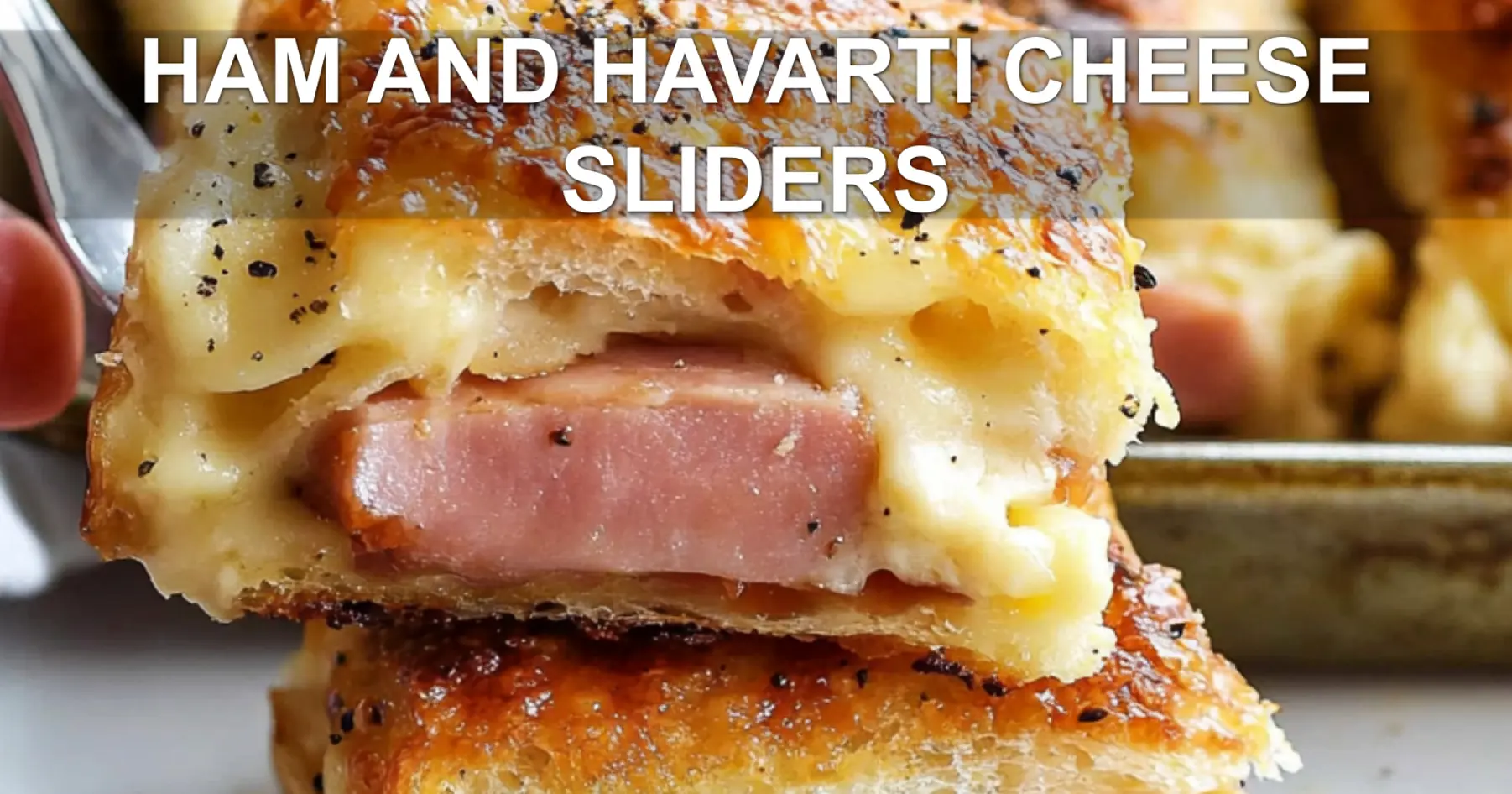

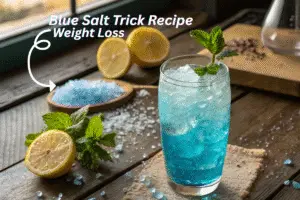

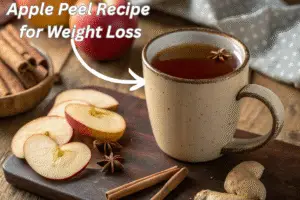

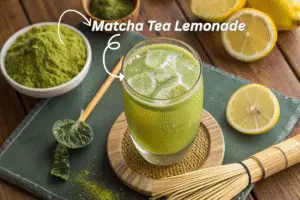
2 thoughts on “What’s the Recipe for the Blue Salt Trick”